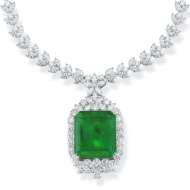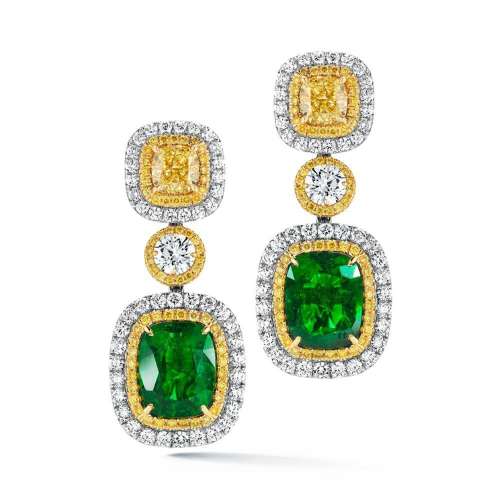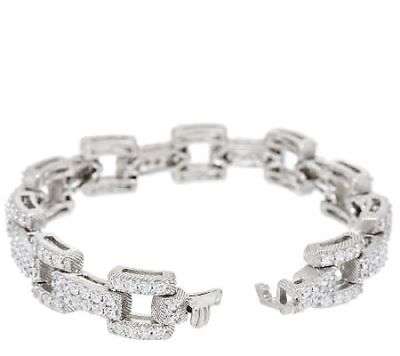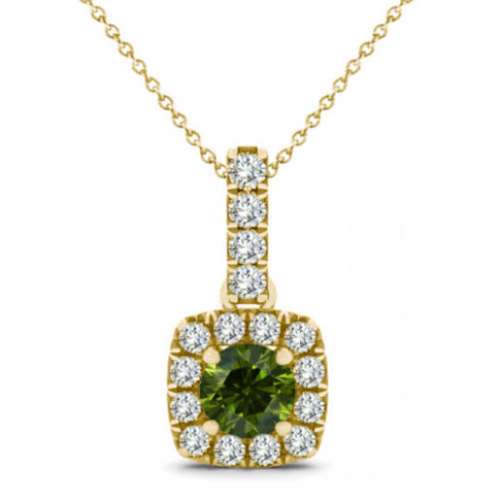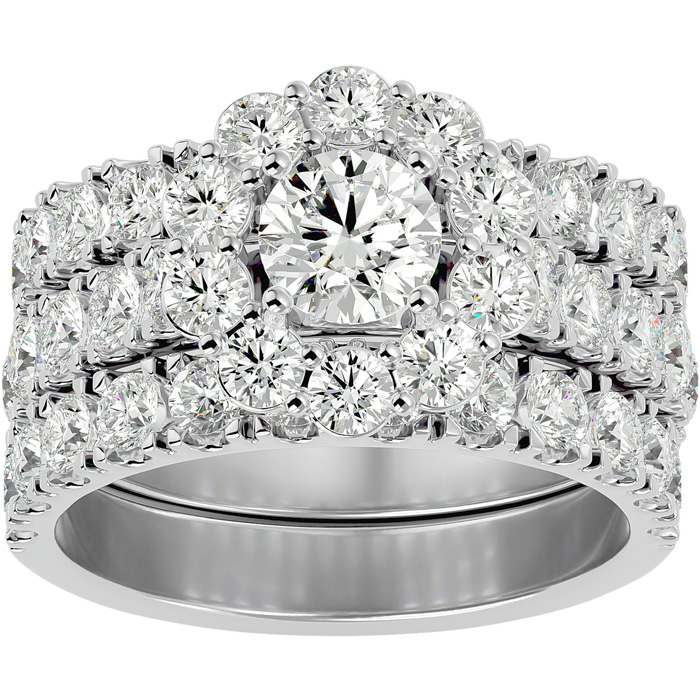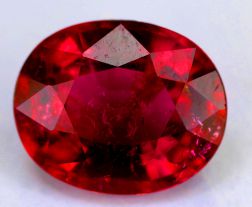
Tourmaline Gemstone Buying Guide at DDB
In Tourmaline, we have another stone which occurs in a large variety of colors, many of which are bright and attractive. The reds and greens are those which are mostly used in jewelry, and these transparent stones are comparatively cheap. Tourmaline Gemstone Buying Guide at DDB Wider recognition of this species would do much to make it more popular, for Tourmaline has Many Qualities which make it most suitable for those who require color in jewelry of a moderate price.
What is the Tourmaline Gemstone made of
The chemical composition of this stone is somewhat complex and it also varies slightly in different specimens, thus resulting in the different colors which one sees. But in general, it may be said that it is a silicate and borate of alumina, magnesia, and iron, with various traces of other elements. It is the only common rock-forming mineral that contains boron. Tourmaline Gemstone Buying Guide at DDB Crystals are of the hexagonal system, their general form being prismatic, often prisms of three sides, terminated with three or six faces. Vertical striations, often very obvious, are frequently seen on the crystal faces, and this may be sufficient to distinguish the rough stone in many instances.
Colored Tourmalines
Certain Definitely Colored Tourmalines have been given their own names, but they are sometimes chemically grouped into three main divisions: the alkali, the iron, and the magnesium tourmalines. In the first group, we have the colorless, red, and green stones, all of which contain some sodium, lithium, or potassium. Tourmaline Gemstone Buying Guide at DDB The second group is usually black, and the third group contains the yellowish-brown, the brownish-black, and some of the colorless stones.
It is now thought that the individual colors depend upon the presence of one or more of the following elements: iron, magnesium, manganese, calcium, cobalt, lithium, and potassium. Cobalt is responsible for the blue, magnesium for the green, iron, and magnesium for the dark red (the addition of manganese lightens the red to pink), while iron, magnesium, and manganese produce the yellowish greens which are so common. Tourmaline Gemstone Buying Guide at DDB Minute quantities of other elements such as gallium, tin, nickel, bismuth, lead, and zinc have also been found in tourmaline, and this has added to the difficulty in ascertaining which combinations of elements really produce the range of colors which this remarkable stone shows. In general, the brightest stones are those free from iron, and the heaviest stones are the darker ones.
Red Tourmalines Are the Most Valuable, and when free from flaws, they are of remarkable beauty for they are bright and clear. Both the red and pink are called rubellites. The black, often opaque, and not used as a gemstone, is known as school. Tourmaline Gemstone Buying Guide at DDB The greens are sometimes called Brazilian emeralds, quite a misleading term, as is Brazilian sapphire with the blues, although, with the latter, indicolite is the more common term. Violet reds are called siberites; yellow to yellow-green, Ceylonese peridot or Ceylon chrysolite, again misleading terms although seldom used now. Colorless stones, not common, are called achroites, and there are other tints not mentioned ranging from the colorless to the black. A few specimens showing chatoyancy have been found in California and Brazil but these are very rare.
Characteristic Properties of Tourmaline Gemstone
A characteristic property of Tourmaline is Different Zones of Color which may be seen within the one specimen. For instance, a stone may be red at one end, and green or black at the other; others appear green externally and red internally, or vice versa. Tourmaline Gemstone Buying Guide at DDB These differing zones of color are due to the time which the material has taken to, crystallize; a different coloring agent has been introduced during growth, and this, together with other varying agencies, has disturbed the homogeneous tinting of the stone, resulting in its being particolored. Tourmaline Gemstone Buying Guide at DDB Some green tourmalines are rendered more brilliant by the application of heat; others remain unaffected.
Tourmaline Gemstone Cuts
All the stones used in jewelry are transparent with a vitreous luster. A variety of forms of cutting is used, and the smaller stones are very attractive when brilliant cut with a small table and small side facets. Tourmaline Gemstone Buying Guide at DDB Larger specimens, which are quite common, are generally step cut, and these, which are frequently quite free from flaws, make good center stones for large pieces of jewelry, such as pendants and brooches. Tourmaline Gemstone Buying Guide at DDB But an outstanding property of Tourmaline Must be Considered Before Cutting the Rough Stone. This is its very strong dichroism, which is often visible to the naked eye. Hardness is 7 1/4, specific gravity 3.10, and the refractive indices 1.62-1.65. If stones are rubbed, or if heat is applied, they will readily attract small pieces of paper. Tourmaline Gemstone Buying Guide at DDB Tourmaline is thus pyro-electric, a property shared by very few other gemstones. It is said that early Dutch voyagers recognized this property and used it for drawing tobacco ash from the bowls of their long pipes.
The crystals usually occur in granite rocks and gneisses, are the result of mineralizing gases in the fluid magma. Crystals are found in a number of districts' in the U.S.A., where the gem is naturally more popular than elsewhere. California supplies most of the rubellites, and Maine the reds, greens, and blues. Tourmaline Gemstone Buying Guide at DDB It is only since the year 1872 that California Has Supplied Tourmalines, and since the discovery of these deposits, some very fine stones of many colors have been mined. The reds are often of outstanding beauty, particularly when free from blemishes. Tourmaline Gemstone Buying Guide at DDB The Pala Chief Mine is noted for having produced large specimens of various colors, which have obtained good prices. Some crystals have reached the size of 12 inches in length and 3 inches in width. But in recent years, very few of the mines have been worked.
The mines in Maine, on Mount Mica, have yielded some magnificent specimens, and, as with all gemstones found within the U.S.A., they are highly appreciated by the local inhabitants. Tourmaline Gemstone Buying Guide at DDB Some of the rough mined in California was sent to China for carving into bottles, figures, and other small ornaments.
Many red and green stones come from the Minas Novas district of Minas Geraes, Brazil, and another state in that country, Ceara, is a recent producer. Similar colors are found in the Ural Mountains, near Sverdlovsk. Tourmaline Gemstone Buying Guide at DDB The yellows and browns are found in Ceylon gem gravels, dark brown specimens in Saxony (Germany), and various greens, reds, and blues from Elba, Madagascar, and Switzerland. A very old source of supply for red and dark green, as well as black, tourmalines is the bed of the river Nampai in Burma, not very far from the mining center of Mogok. Tourmaline Gemstone Buying Guide at DDB Much of the rough material used to be sent directly to China, where it was cut into buttons for mandarins' hats and various forms of jewel stones, both plain and carved. Other rubellite mines have been worked near Mong Long in the northern Shan States. Tourmaline Gemstone Buying Guide at DDB Stones, mostly of a dark, bluish-green color, which have been sent from Southwest Africa in recent years, are generally too dark to be attractive. Sometimes they may be lightened in color by heating to a high temperature (about 650° C), but unless care is taken, a dull grey crackled mass will be the result.
Tourmaline is very often confused with other stones of similar color. When the green stones were first introduced to Europe during the Seventeenth Century, they were regarded as pale emeralds, although the two greens are really quite different. Tourmaline Gemstone Buying Guide at DDB The Green Tourmaline is Often Worn And Used in Signet Rings, particularly by the Roman Catholic bishops of South America.
Strong dichroism and comparatively low specific gravity are generally sufficient to distinguish tourmalines from other stones. Tourmaline Gemstone Buying Guide at DDB The word Tourmaline is a Corruption of its Native Name in Ceylon, whence it was first brought to Europe. Its ancient name is supposed to be lyncurium, and the red stones were probably included under the old term, jacinth.


